What Type Of Conservatory Is Best?
We’ve made it as simple as possible for you to see what type of conservatory is best for you!

Deciding which type of conservatory is best depends on many different aspects, but in the end space, subjectivity and use will be the trio of deciding factors.
You want your conservatory to make use of the available construction area in a way which gives you the most bang for your buck in terms of living space.
However, you also want a conservatory that is aesthetically pleasing to you, which is very subjective. Beauty is in the eye of the beholder as they say.
The final element to consider is the desired functionality of the conservatory, as what you intend to use the space for will have an impact on which type will suit you best. You can use a conservatory as a…
- Greenhouse for your plants
- Playroom for the kids
- Dining room for a luxurious mealtime setting
- Living room full of natural light
- Kitchen or kitchen diner in an open plan design
- Games room for fun filled activities
- Relaxation room for some much needed R&R
- Home office for a super productive workspace
- & much more!
Once you’ve come to a conclusion on those three fundamentals of conservatory selection, your path to take should become far more clear!
What are the different types of conservatories?
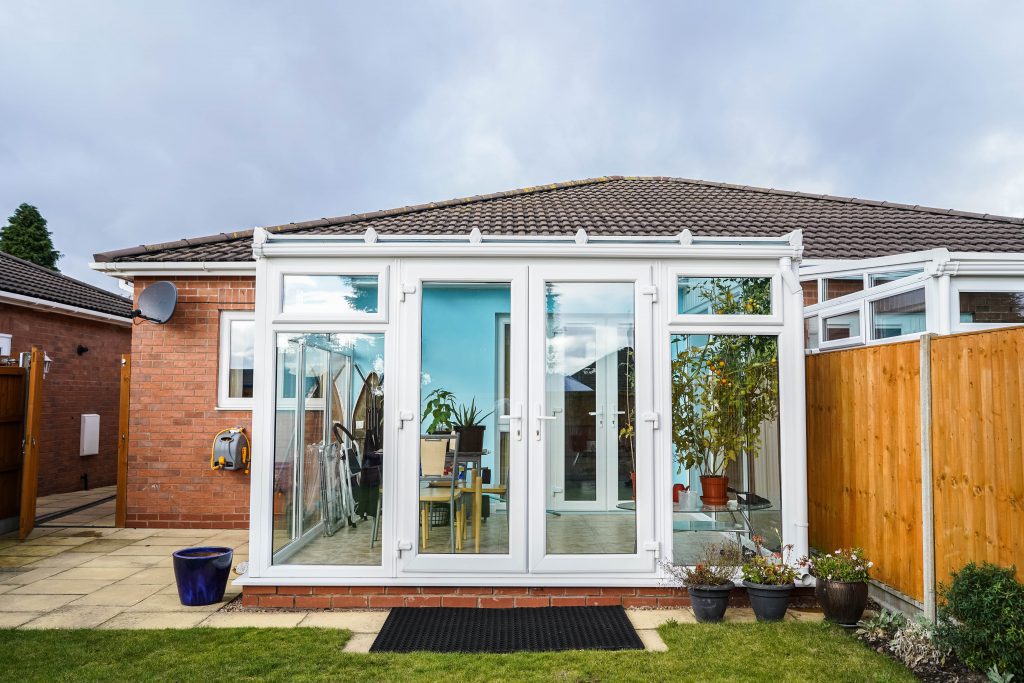
Conservatories come in many different shapes and sizes, so the next step will be to read up on the various options available.
For those looking to add a conservatory to a home for the very first time, you will see abundance of choice during your initial research!
To avoid any information overload, here at West Midlands Double Glazing we’re going to make things super easy for you.
We’ll break down each conservatory option, describe their unique aspects and then tell you about what sized homes they suit best.
We’ll then move on to certain elements of a conservatory that will match up to intended uses more effectively, to ensure that we have all bases covered.
Lean-To Conservatories
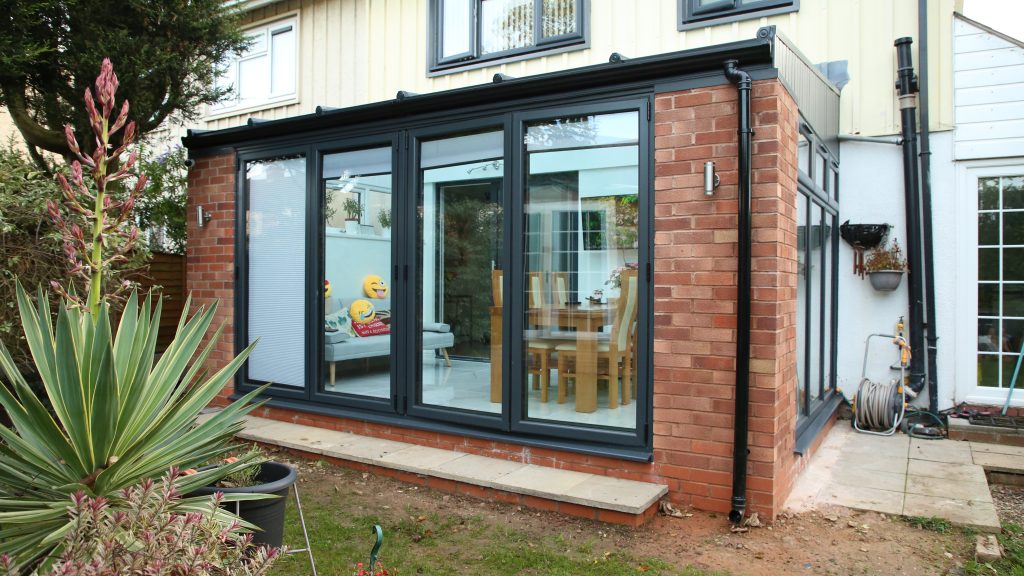
First up is the Lean To Conservatory. A simple design featuring a long rectangular layout and slanted roof, this type is a great addition for smaller homes and bungalows. Essentially, if you have a limited amount of space to work with, a Lean-To is a safe bet!
Edwardian Conservatories
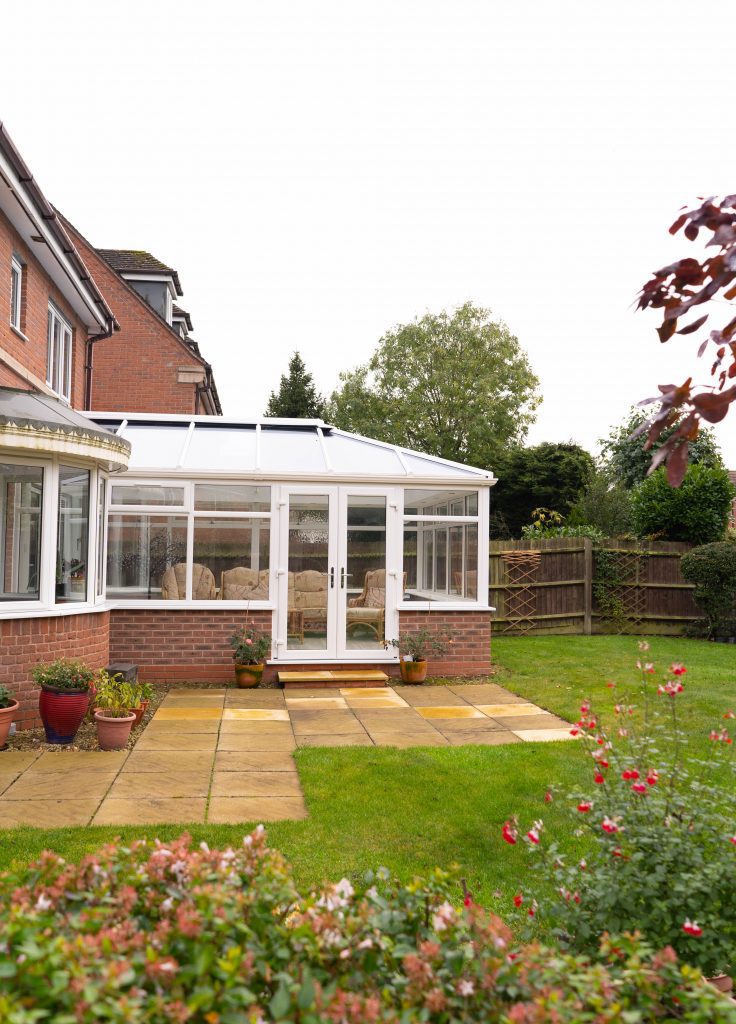
A popular choice for homeowners is the Edwardian Conservatory. Featuring a flat front, a square or rectangular layout and a high roof, these conservatories are very easy to plan, a simple & quick build, and an extremely versatile option for any home. Unless your home is particularly unusually shaped, you’ll have no issue with this conservatory type!
Edwardian conservatories are a fantastic option for small to medium sized homes, and make for great dining rooms, playrooms or games rooms.
Georgian Conservatories
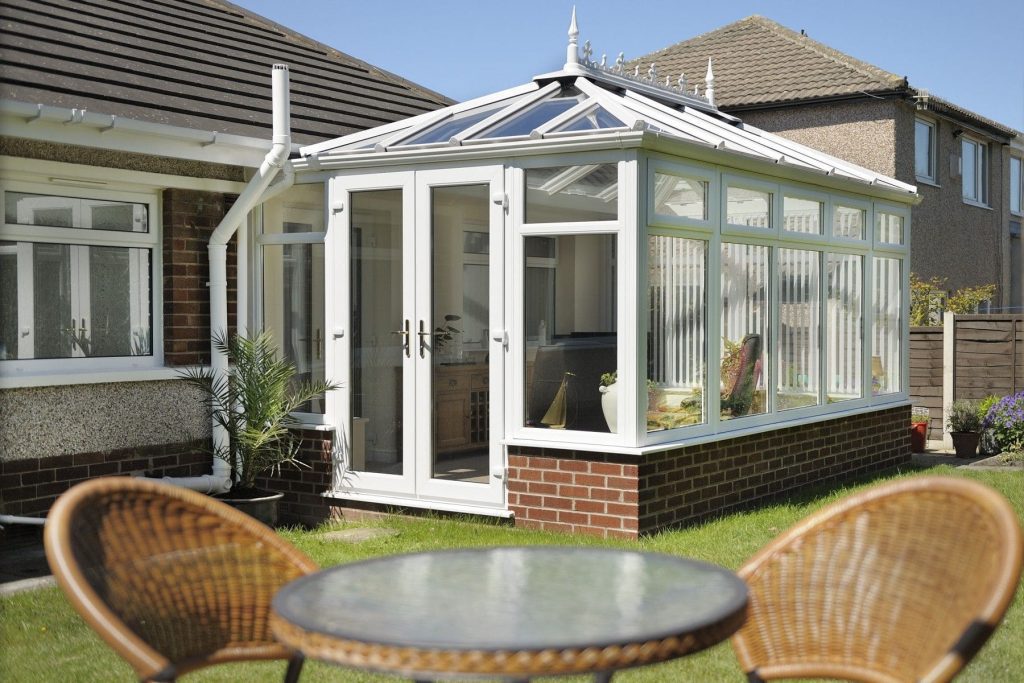
A Georgian Conservatory is very similar to an Edwardian, but have fancy cornices upon the top of the structure, providing a beautifully ornate finish to the design. It’s down to personal preference whether you’re a fan of these luxurious elements or not!
Victorian Conservatories
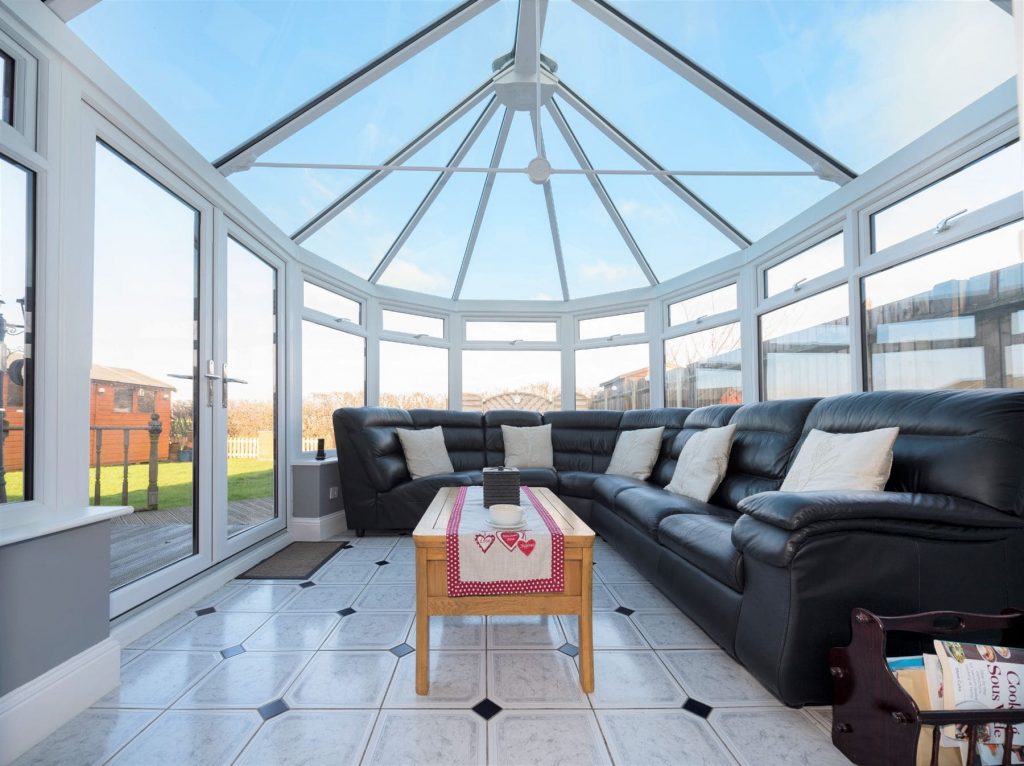
Despite a ye olde ring to the name, Victorian Conservatories actually suit very contemporary house plans very well. The wide bay, intricate ridge and steep roof create a conservatory type which is very much sought after by homeowners!
The Victorian style is at its best when you use it as a room for socialising or relaxation. They suit small to medium sized homes. However, the circular design may make it tricky when it comes to smaller designs, as after adding furniture, you may notice the space being a little bit cramped.
Gable End Conservatories
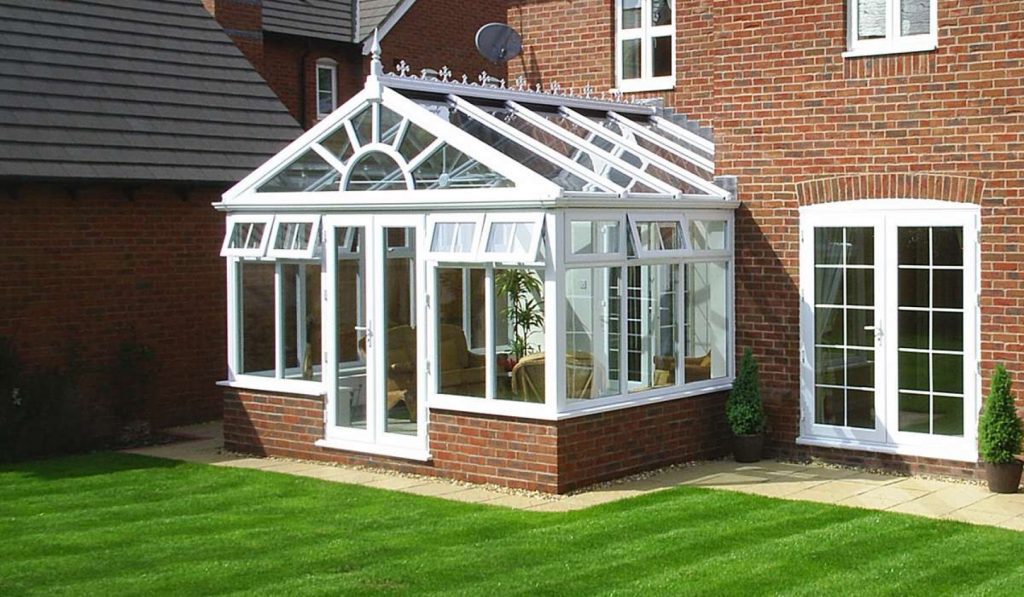
Another popular option is the Gable End Conservatory. They tend to have square or rectangular floor plans which are designed to efficiently utilise indoor space. However, the roof is where this conservatory type really comes into its own.
The way that the roof is structured adds an immense amount of height to a room, as it features two sloping sides that meet in the middle. The front of the roof stands upright but is still comprised predominantly with glazing, allowing for an abundance of natural light to flow into the room. It creates the illusion of additional living space which many find to be an attractive feature.
This style is best for medium sized properties, and you can use Gable End conservatories as a large dining room, playroom, games room, relaxation room and the style particularly well suits those looking to create a Greenhouse.
Combination Conservatories
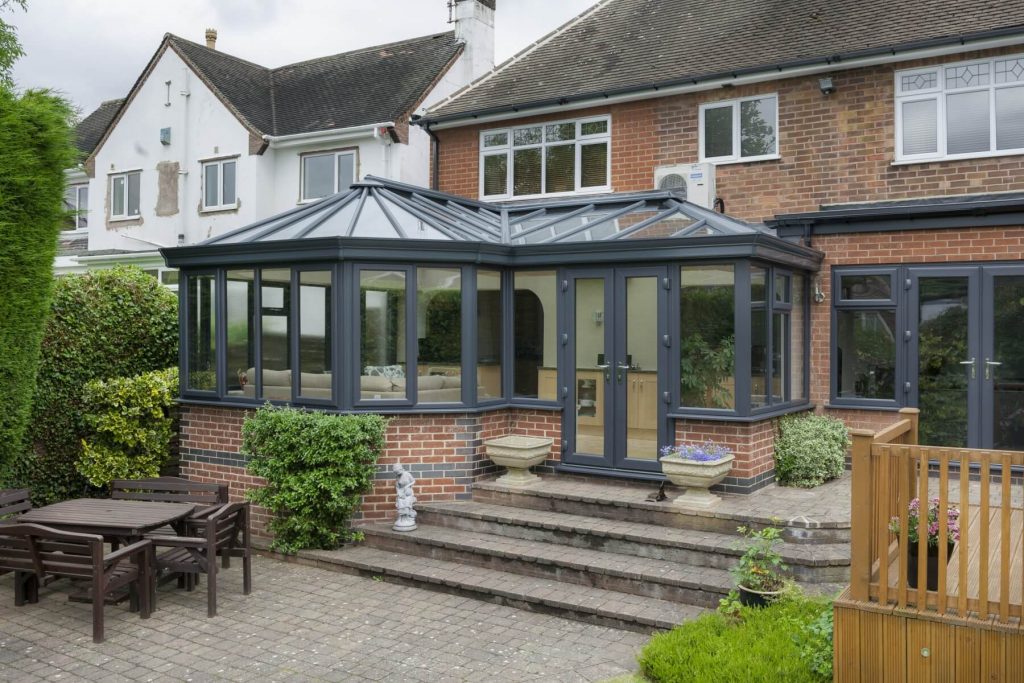
When it comes to larger requirements, this is where combination conservatories come into play. This is where you pair two of the previously mentioned conservatory types together, which can produce quite the wow-factor! As a result, L-Shape, B-Shape, T-Shape and P-Shape Conservatories can be created when merging two styles together.
For example, a P-Shape conservatory is a Victorian Conservatory with a Lean-To Conservatory built on one of the sides. You can take your favourite features from different conservatory styles and create a design which is completely bespoke to you.
The possibilities in terms of uses are quite frankly endless! However, these styles of conservatories are certainly most applicable to larger properties.
Orangeries
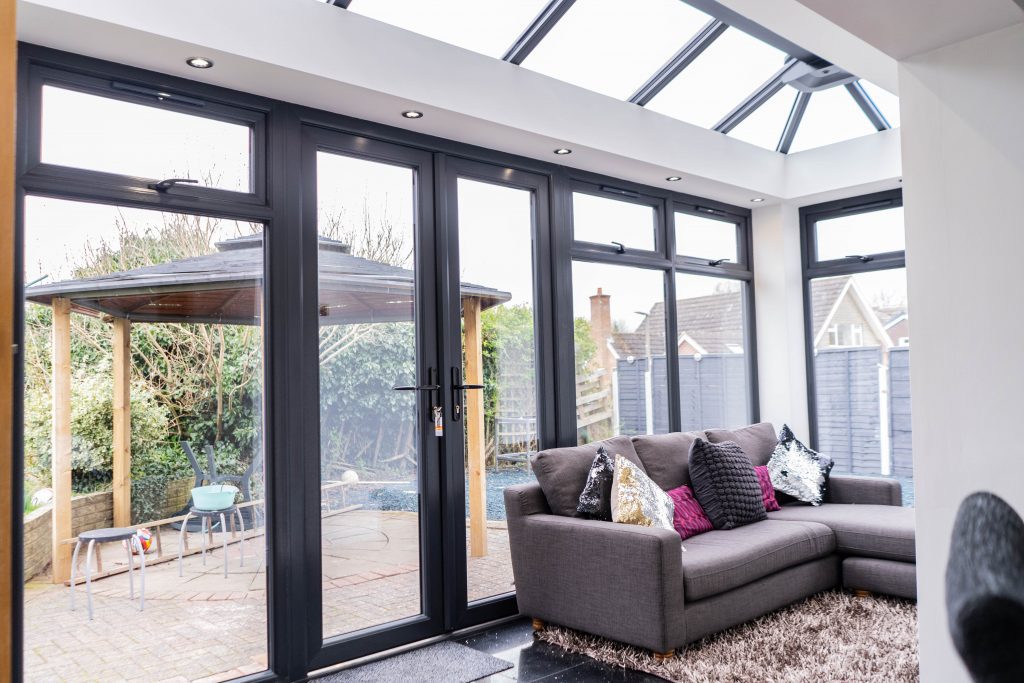
The perfect hybrid of a conservatory and extension, orangeries traditionally include more brickwork than a typical conservatory. However, these single storey structures still contain plenty of glazing. You can even install lantern roofs or skylights in the ceiling to ensure you don’t miss out on a living space full of natural light!
Orangeries suit properties of all sizes and are extremely versatile in terms of their use. However, as they are the most akin to a single storey extensions, many contemporary homes now feature orangery kitchens or kitchen diners, as well as living room spaces.
This is because the additional brickwork in both the walls and ceiling prevents the space from becoming too warm. It also provides more privacy which is often desired in kitchen or living spaces.
Tiled Roof Conservatories
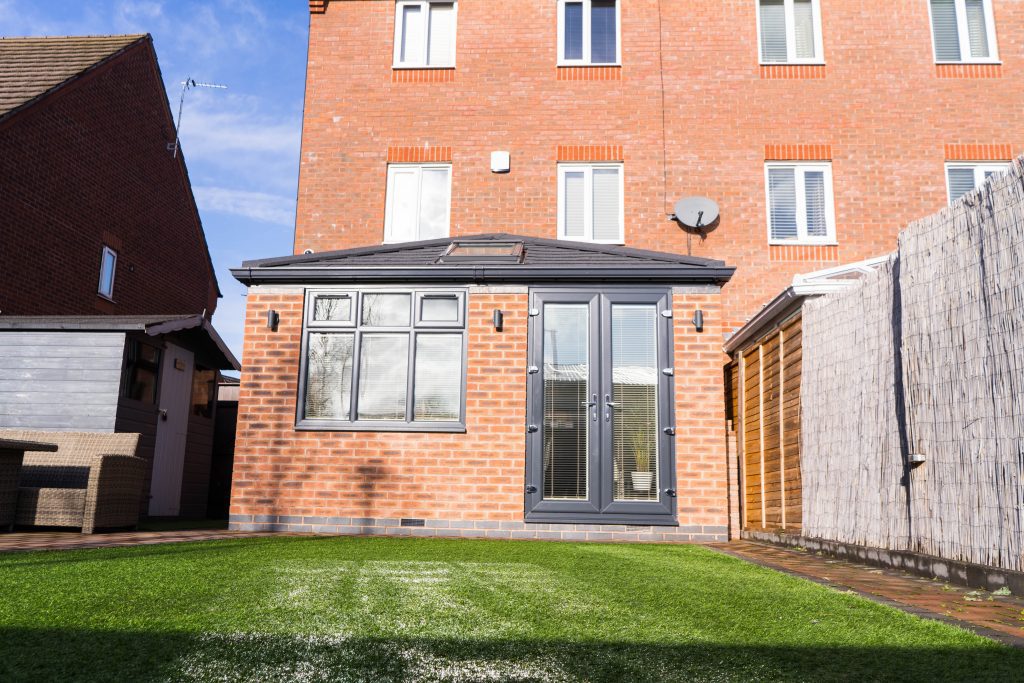
A tiled roof conservatory is another conservatory/extension hybrid. These conservatories feature a traditional conservatory design from the ground up, until you reach the roof. Instead of a glazed roof, a tiled roof will take its place, providing greater thermal efficiency.
Essentially, this conservatory feels more like an addition room to the house, but retains having plenty of glazing through the windows and doors.
Whether you’re looking to create a tile roof conservatory from scratch or simply convert an existing conservatory roof, this type of conservatory can be fitted to properties of all sizes.
In terms of uses, due to the greater thermal efficiency that the roof provides, tiled roof conservatories make for excellent living rooms, home offices, playrooms. The style also offers more privacy due to their being less glazing in the roof, which is beneficial for these types of settings.
So, What Type Of Conservatory Is Best For You…
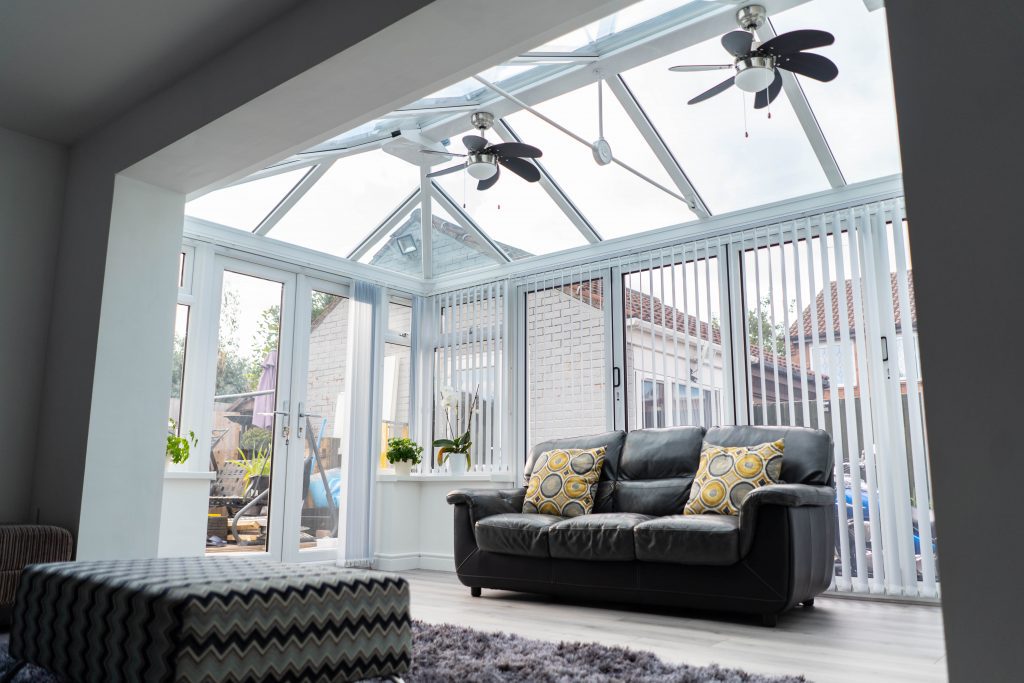
By and large, conservatories are an extremely versatile renovation option. There are styles to suit all requirements and a range of aesthetics to choose from.
Yet, the three core factors we mentioned at the start of the blog remain true…space, subjectivity and use. The amount of space available, your own personal preferences when it comes to aesthetics and the property type you have will largely determine which type of conservatory is best for you!
Just to let you know, if you happen to live in Birmingham, the West Midlands or the surrounding areas, we here at West Midlands Double Glazing are the leading conservatory company in the region!
We can construct all of the conservatory styles mentioned in this blog, and are one of the only conservatory companies to offer flexible 0% finance options on any of our renovations. Spread the cost of your dream conservatory in small and convenient monthly payments, instead of having to deal with a large sum up front!
If you need any advice whatsoever or would like to book yourself in for a FREE quote and consultation, get in touch with us today by calling 0121 532 0784 or filling out a contact form on here on our website!
We hope you found this blog useful, and we hope it steers you well on your conservatory journey!
